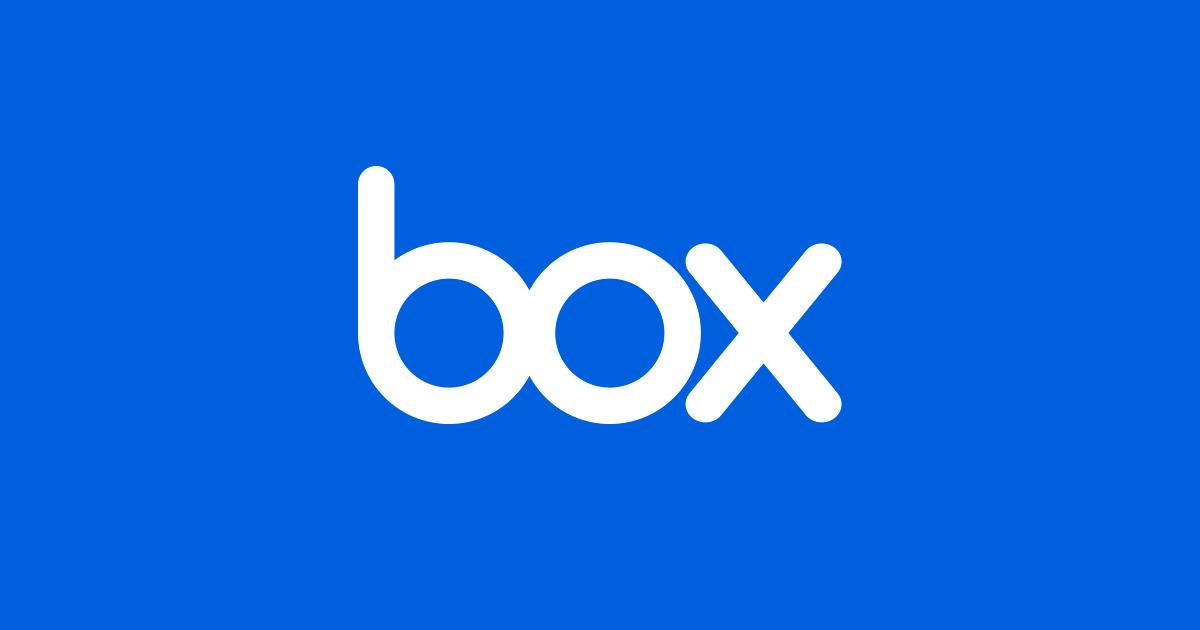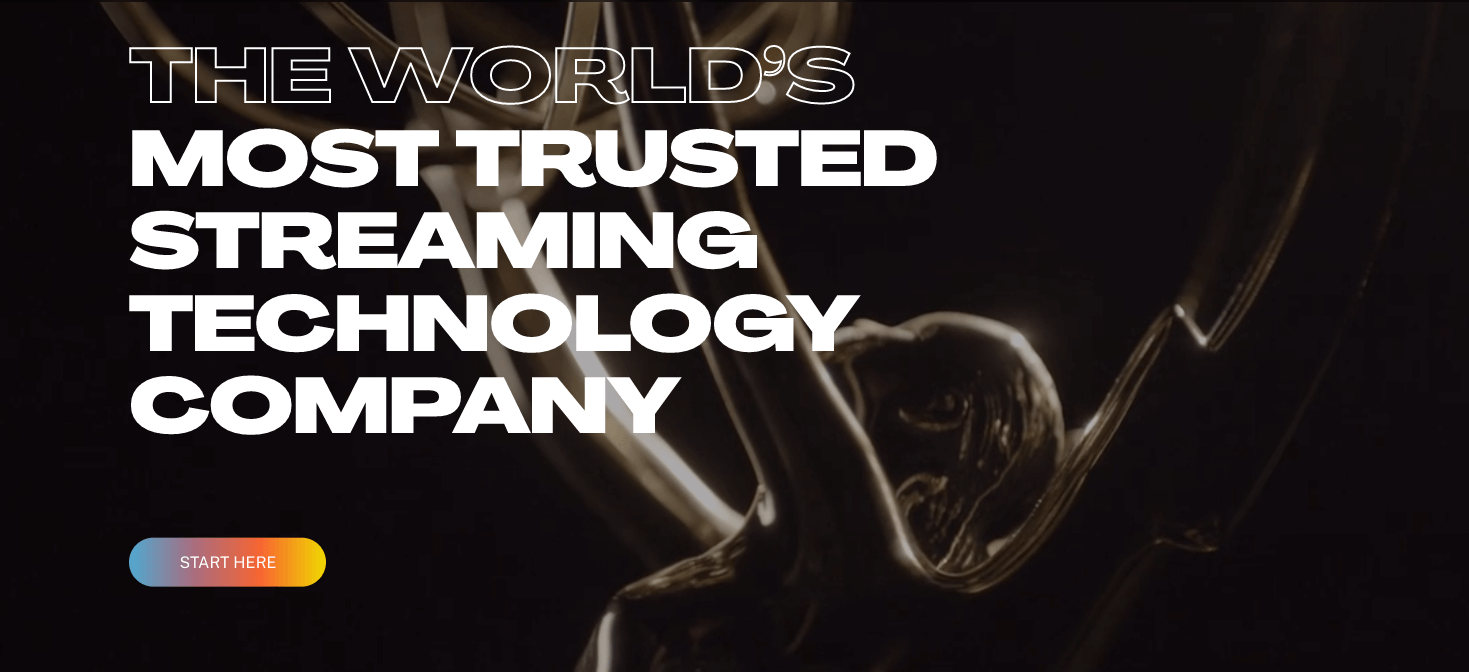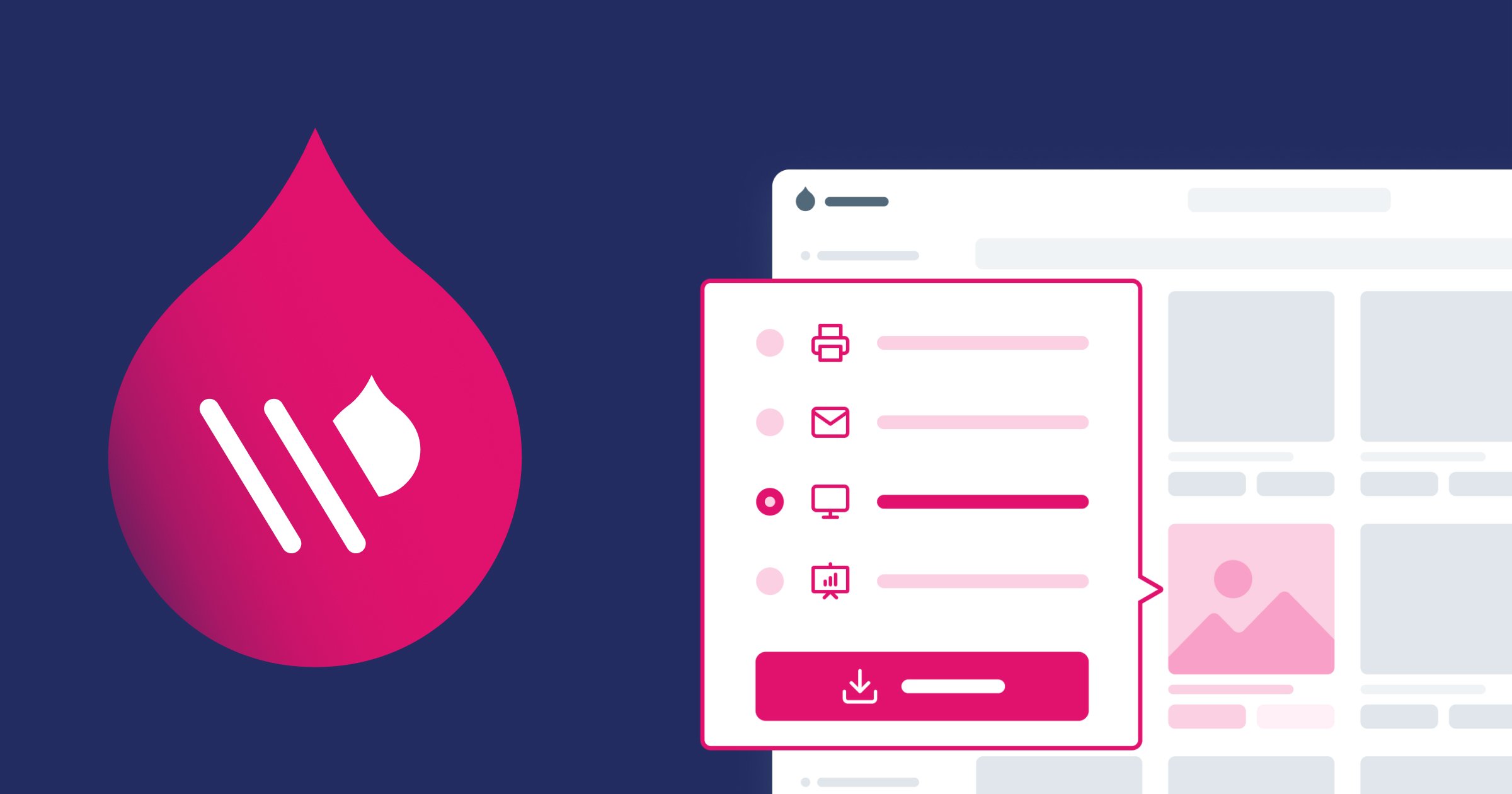Introduction
As marketing becomes more visual and data-driven, the need for an efficient digital asset management (DAM) solution has never been greater. A DAM helps streamline content production workflows while ensuring brand consistency. It allows marketing teams to easily store, find, reuse and distribute creative assets. In this article, we evaluate some of the leading DAM options available today based on key criteria like functionality, ease of use, integration capabilities, pricing and more.
Methods of Evaluation
To determine the best DAM software, we evaluated each solution based on features, pricing, ease of use, customer reviews, and other factors. We also factored in more modern metrics like number of backlinks, website traffic, and search volume trends for the main keywords to understand the relative position and popularity of each vendor. This helped ensure the list includes solutions that are not only feature-rich but also widely adopted in the industry.
1. Adobe Experience Manager Assets
Adobe Experience Manager Assets, commonly referred to as AEM Assets, is a digital asset management software developed by Adobe. AEM Assets is a cloud-based solution that provides organizations centralized storage, management and distribution of digital content like images, videos, documents and other files.
Pros: Some key advantages of AEM Assets include: Tight integration with Creative Cloud apps and Adobe ecosystem, Mature platform popular among large enterprises, Advanced workflows and APIs for developers.
Cons: A potential disadvantage is the solution’s higher costs compared to some open-source competitors due to Adobe’s pricing model.
Pricing: AEM Assets pricing starts at $150 per user per month for the essentials plan for up to 50 users. The standard plan is $250 per user per month for up to 250 users and includes additional features like extended workflow management capabilities. There are also enterprise plans for larger deployments.
Some key stats about AEM Assets include: Used by over 5,000 global brands, Supports over 1 trillion digital assets, Integrates with major CMS platforms like WordPress, Drupal and Salesforce, Over 20 years of experience in digital asset management.
2. Box
Box is a leading digital asset management software that provides file sharing, storage and collaboration tools for both internal teams and external partners. Founded in 2005, Box aims to make content management more secure and intuitive for organizations of all sizes. With over 800 million files shared on Box to date, it has become the collaboration platform of choice for many industries.
Pros: Some of the key advantages of Box include:
– Intuitive interface similar to consumer services like Dropbox makes Box easy for all users to adopt.
– Seamless collaboration features allow secure sharing of files internally and externally.
– Built-in OCR, AI and file analytics provide valuable insights from content without additional cost.
Cons: The main disadvantage of Box is the pricing, which can be higher than some other options for larger teams and organizations with advanced needs. However, Box offers a generous free individual plan for basic use cases.
Pricing: Box offers both free and paid plans suitable for different user needs. The free individual plan provides 10GB of storage. Paid business plans start at $5/user per month for the Starter plan which includes unlimited storage and extra security and admin controls. Larger enterprises typically opt for the Business or Business Plus plans providing additional advanced features.
Some key stats about Box include:
– More than 100,000 businesses use Box including 67% of Fortune 500 companies.
– Over 800 million files shared on Box to date.
– Available in over 30 languages with data centers globally for security and compliance.
– Integrates with over 1,000 apps including Microsoft, Google and Slack.
3. Cloudinary
Cloudinary is a leading digital asset management platform that provides image and video upload, storage, optimization and delivery services. Founded in 2012, Cloudinary has helped thousands of companies and handled over 100 trillion media requests. With offices located around the world, Cloudinary aims to simplify the media management process for developers and marketers.
Pros: Some key advantages of Cloudinary include:
– Built-in media management capabilities for uploading, organizing, optimizing and delivering images and videos.
– AI technologies like automatic alt text generation that improve SEO and accessibility.
– Seamless integrations with popular websites, apps and ecommerce platforms.
– Global CDN for fast content delivery worldwide.
Cons: One potential disadvantage is that Cloudinary’s paid subscription plans can be costlier compared to some other DAM solutions for larger deployments and volumes.
Pricing: Cloudinary offers both free and paid plans. The free developer plan includes basic media management functions. Paid plans start from $49/month for the Growth plan and go up to enterprise plans based on monthly storage and bandwidth usage.
Some key stats about Cloudinary include:
– Processes over 100 trillion media requests per month globally.
– Has over 10,000 customers including Adidas, Universal Music Group, IMDb and Vimeo.
– Integrates seamlessly with popular platforms like Shopify, WordPress and Drupal.
– Includes AI capabilities like automatic alt text generation for images.
4. Brightcove
Brightcove is a leading provider of video content platforms, offering a scalable, reliable, and secure streaming platform that allows organizations to host, share, and stream video content. Founded in 2004, Brightcove serves over 6,400 businesses in over 70 countries. Their video platform provides everything needed to deliver high-quality video experiences to any device.
Pros: Some key advantages of Brightcove include:
– Robust captioning, translations and analytics capabilities allow videos to reach wider global audiences
– Tight integrations with major streaming platforms like YouTube, Facebook, and Twitch allow content to be distributed across platforms
– Flexible APIs allow customization and integration with other systems and workflows
Cons: A potential disadvantage is the platform requires subscription licensing that can be an ongoing expense compared to one-time purchase licenses of some competitors.
Pricing: Brightcove offers flexible pricing plans starting at $299 per month for their Standard plan for up to 50 videos and 2TB of monthly video views. Enterprise plans with additional features and storage are customized based on organizational needs.
Some key stats about Brightcove include:
– Over 6,400 customers globally across industries like media, retail, healthcare, hospitality, and more
– Delivers over 1 billion videos per month
– Integrates with major CDNs like Akamai, Limelight and Google Cloud to deliver reliable streaming globally
5. Panopto
Panopto is a leading video content management system (CMS) for businesses and universities. Founded in 2007, Panopto allows users to easily record, share, and search videos. With over 3000 clients worldwide, Panopto has become the go-to platform for knowledge sharing through video.
Pros: Some key advantages of Panopto include:
– Powerful video transcription, search, and analytics capabilities
– Intuitive web and mobile interfaces for creating and managing videos
– Tight integrations with major LMS platforms like Blackboard and Canvas
– Extensive API for customizations and third party integrations
– Robust security features and support for enterprise-grade deployments
Cons: One potential disadvantage is the pricing, as Panopto plans and pricing can be more expensive compared to some other video CMS options. However, for large enterprises and organizations, the powerful feature set generally justifies the cost.
Pricing: Panopto offers several tiered pricing plans including Individual, Team, Campus and Enterprise plans. Pricing depends on the number of hosts/users and additional features required. Please contact Panopto sales for an exact quote.
Some key stats about Panopto include:
– Used by over 3000 organizations globally including Microsoft, Harvard University, and Coca Cola
– Hosts over 100 million videos
– Average customer uploads 10,000+ videos per year
– Integrations with over 150+ popular business applications
6. Contentful
Contentful is a leading headless content management system (CMS) that allows developers and content teams to collaborate and manage digital content like text, images, videos in a structured yet flexible way. With Contentful, content can be stored, managed and delivered via API to any digital platform or device.
Pros: Some key advantages of Contentful include:
– Headless CMS architecture that separates content from presentation allowing seamless integrations
– Rich content modeling via customizable content types
– Powerful APIs for all content management needs and delivery
– Great for multimedia support including images, video and structured content
Cons: One potential disadvantage is that Contentful is a hosted cloud-based solution which means there is no self-hosted option.
Pricing: Contentful offers three pricing tiers – Startup, Professional and Enterprise. Pricing is based on API requests, global asset storage and technical support options. The Startup plan starts from free and goes up to $49 per month.
Some key stats about Contentful include:
– Used by over 10,000 companies including Spotify, Drizly and Urban Outfitters
– Over 1 billion API requests per month
– Available in 9 different languages with support for 30+ locales
– Integrates with over 100 technologies including React, Vue, Node and .NET
7. Extensis Portfolio
Extensis Portfolio is a digital asset management (DAM) software from Extensis that helps organizations manage multimedia files, images, videos and other digital assets in one centralized repository. In business for over 30 years, Extensis helps creative teams streamline workflows and maximize brand consistency.
Pros: Some key advantages of Extensis Portfolio include:
– Fast image processing and metadata mapping
– Fully featured DAM for photographers
– Connects assets to calendars and third party applications like Dropbox
Cons: One potential disadvantage is that the software is more suitable for large creative teams rather than small businesses or independent creators due to its enterprise-level features and pricing.
Pricing: Extensis Portfolio pricing starts at $45 per user per month for the Standard plan for teams of up to 5 users. Enterprise plans for more than 5 users are available with customized quoting. Discounts are available for annual commitments and nonprofit organizations.
Some key facts about Extensis Portfolio include:
– Manages over 30 different file formats including images, videos, fonts and documents
– Integrates with over 35 applications including Adobe Creative Suite, CAD software and CMS platforms
– Used by over 15,000 companies worldwide including NASA, Microsoft and Bloomberg
8. Workfront
Workfront is an enterprise project management and workflow software created by Adobe in 2005. It is a leading digital asset management solution used by many enterprises and agencies worldwide to manage marketing projects and assets.
Pros: Some key advantages of Workfront include:
– Strong workflow and project management capabilities to track tasks, milestones and keep projects on track
– Suited for collaborative marketing projects with built-in approval processes for reviews and sign-offs
– Content like images, videos and documents remain connected to the work tasks and workflows
Cons: One potential disadvantage is that Workfront is geared more towards complex enterprise environments which means it could be overkill for some small to medium sized businesses or teams with simpler needs.
Pricing: Workfront pricing starts at $50 per user per month for the Professional plan for up to 10 users. The mid-tier Team plan is $75 per user per month for up to 25 users. For larger enterprises, custom pricing is available for the highest tier Enterprise plan.
Some key stats about Workfront include:
– Used by over 3,500 companies globally including 25% of Fortune 100 companies
– Supports over 1 million users
– Tracks over 100 million work items annually
– Integrates with over 150 apps like Adobe Creative Cloud, Microsoft and Salesforce
9. Zoolz
Zoolz is a cloud-based digital asset management solution that provides businesses with powerful tools to store, organize and share digital files from any device. Founded in 2010 and headquartered in Israel, Zoolz has grown to serve over 10,000 organizations worldwide with its best-in-class cloud storage services.
Pros: Key advantages of using Zoolz include:
– Powerful cloud migration solution to easily migrate massive volumes of content to the cloud
– Ability to migrate content to cloud storage platforms like AWS S3 and Microsoft Azure
– Intuitive interface that makes it easy to organize, search and share files from any device
Cons: One potential disadvantage is that the free plan only offers 5GB of storage which may not be sufficient for some basic file storage needs.
Pricing: Zoolz offers different paid plans starting from $5 per user per month for the Standard plan that includes 50GB of storage. It also has Business and Enterprise plans tailored for larger organizations with customized storage allocations and pricing.
Some key stats about Zoolz include:
– Stores over 5 exabytes of data for customers
– Serves over 10,000 businesses globally
– Integrates with major cloud platforms like AWS S3 and Microsoft Azure
10. Amplifi
Amplifi is a leading AI-powered digital asset management software. Founded in 2013, Amplifi uses computer vision and machine learning technologies to provide visual search and analysis capabilities for images and videos.
Pros: Some key advantages of Amplifi include:
– AI powered visual search and analysis platform that understands what’s in images and videos without labels or metadata.
– Provides automatic insights from image and video analysis through computer vision.
– Great solution for visually rich industries like fashion that deal with a large number of images and need search and analytics capabilities.
Cons: One potential disadvantage is that the AI and computer vision capabilities are still limited compared to human-level understanding. Accuracy and insights may not be perfect for very complex images or videos.
Pricing: Amplifi offers different pricing plans depending on the number of users and assets. Pricing starts from $99 per month for the basic Starter plan for up to 3 users and 5GB of storage.
Some key stats about Amplifi include:
– Over 5,000 customers worldwide spanning sectors like fashion, media, and marketing.
– Processes over 1 billion images and videos annually.
– Over 95% search accuracy on visual queries.
AmplifiNot Just a Wi-Fi Router, It’s a Mesh Wi-Fi System.amplifi.com
11. Olapic Creative Automation
Olapic Creative Automation is a leading digital asset management software for businesses. Founded in 2013, Olapic provides AI-powered tools to help brands automate creative tasks and optimize user-generated content. With offices in San Francisco and New York, Olapic works with over 500 brands worldwide including McKinsey, Spotify, and Uber.
Pros: Some key advantages of Olapic include:
– AI-powered tools to automate creative tasks such as image tagging, caption generation, etc.
– Sophisticated metadata and auto-tagging features to better organize large libraries of digital assets.
– Tight social media integrations to distribute and engage with UGC on platforms like Instagram, Twitter, Facebook.
Cons: One potential disadvantage is that the more advanced AI and automation features require a larger investment and may not be suitable for smaller brands with tighter budgets.
Pricing: Olapic offers various pricing tiers starting from a free plan for small teams up to enterprise plans customized for large brands. Pricing is based on monthly storage allocation and number of active users.
Some key stats about Olapic include:
– Processes over 10 billion assets each month
– Has over 500 enterprise customers globally
– Integrates with over 50 social media and publishing platforms
12. Sharegate
Sharegate is a robust digital asset management software that helps organizations manage their Microsoft 365 environments. Founded in 2005, Sharegate has helped thousands of customers migrate to, operate, and protect their Microsoft365 deployments. With offices worldwide, Sharegate’s platform is widely used for migration projects both large and small.
Pros: Some key advantages of using Sharegate include:
– Robust platform optimized for migration projects both large and small between different systems
– Ability to easily migrate and sync assets between SharePoint, Teams, Box, Dropbox and other systems
– Intuitive interface simplifies everyday Microsoft 365 management tasks like site creation and deletion
– Auto-upgrade capabilities reduce maintenance overhead
– Regular feature updates and improvements based on customer feedback
Cons: One potential disadvantage is the learning curve for some of Sharegate’s more advanced migration and management features. But the product’s excellent documentation and support help reduce this issue.
Pricing: Sharegate pricing is based on the number of Microsoft 365 licenses being managed. Plans start at $4.99/user per month for up to 250 users. Larger migrations and enterprise needs qualify for customized quotes and plans.
Some key stats about Sharegate include:
– Over 15,000 customers worldwide across industries like education, government, healthcare and more
– Supported the migration of over 100 million users to Microsoft 365
– Over 90% customer retention rate
– Recipient of numerous awards and recognition from Microsoft
13. Widen Collective
Widen Collective is a leading digital asset management software that allows organizations to centralize, organize, and deliver digital content. Founded in 1999, Widen Collective serves over 10,000 customers worldwide across industries like manufacturing, retail, healthcare, and media & entertainment.
Pros: Some key advantages of Widen Collective include: – Built-in AI capabilities like image recognition and metadata extraction. – User-friendly interface and intuitive workflows. – Robust permissions, reviews, and approval processes.
Cons: One potential disadvantage is that the pricing could be higher than some other DAM solutions for very large organizations with complex needs.
Pricing: Widen Collective offers both on-premise and SaaS pricing models. On-premise pricing starts at $5 per user per month and SaaS pricing starts at $15 per user per month for standard plans.
Some key stats about Widen Collective include: – Over 10,000 customers globally including brands like Coca-Cola, Toyota, and Honda – Serves over 1 billion assets – Integrates with over 500+ applications like Adobe Creative Cloud, Salesforce, and Microsoft Office
14. MediaValet
MediaValet is an enterprise-grade digital asset management (DAM) solution developed by MediaValet Inc. Founded in 2003, MediaValet has its headquarters in Toronto, Canada and serves various industries including advertising, publishing, retail and manufacturing. Some key customers include Heinz, Tim Hortons, Penguin Random House and Dell Technologies.
Pros: Some key advantages of MediaValet include:
– Dedicated DAM solution for media companies to centrally store and manage brand, campaign and product assets.
– Advanced workflow approvals and version control to maintain asset integrity.
– Integrates seamlessly with popular CMS like WordPress to manage digital experiences.
Cons: One potential disadvantage is that as an enterprise-grade solution, MediaValet may have a higher total cost of ownership compared to some mid-market or open source DAM options.
Pricing: MediaValet pricing is customizable based on business needs. Generally enterprises can expect an annual subscription starting from $50,000 for the base edition.
Some key stats about MediaValet include:
– Over 500 enterprise customers worldwide
– Processes over 150 million digital assets
– Integrates with over 50+ content systems out of the box like WordPress, Drupal and Sitecore
– Available in 12 languages with data centers globally for high performance
15. IntelligenceBank
IntelligenceBank is a leading digital asset management software developed by IntelligenceBank, Inc. The company was founded in 2015 in San Francisco, CA with the goal of creating an all-in-one software platform for marketing teams to manage digital assets, online brand resources, and projects. IntelligenceBank currently has over 5,000 customers including giants like Starbucks, Netflix, and Spotify.
Pros: Some key advantages of IntelligenceBank include:
– API-first approach for flexible integrations.
– Dedicated for creative and marketing agencies.
– Project boards, collaborative annotations.
Cons: A potential disadvantage is the learning curve for some advanced features aimed at marketing agencies.
Pricing: IntelligenceBank offers several pricing tiers starting from $49/user per month for the basic plan up to an enterprise plan with custom pricing for larger teams and custom features.
Some key stats about IntelligenceBank include:
– Over 5,000 customers globally
– Processes over 1 billion API calls per month
– Supports 500+ file formats for digital assets
– Average customer sees 30% time savings on asset searches
Conclusion
While there are many excellent DAM options, the top solutions like Adobe Experience Manager Assets, Box, Cloudinary and Workfront have widespread brand adoption and rich feature sets making them great choices for most marketing teams. The other solutions on the list also bring unique strengths and are worth considering based on individual business needs and budget. An effective DAM platform can help streamline workflows and allow marketers to spend more time on strategic initiatives rather than operational tasks.
















